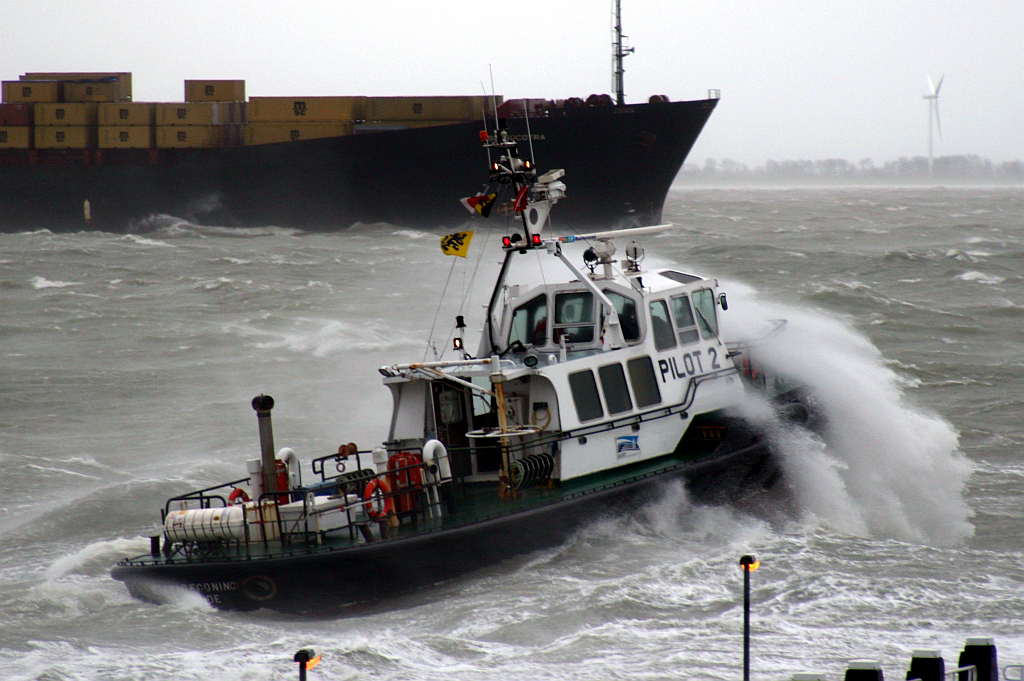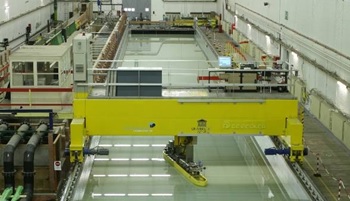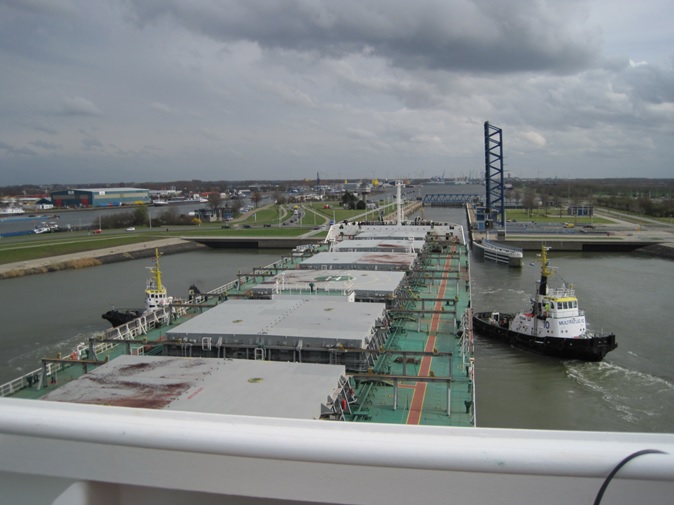Ships and Marine Technology Division



In 1904, the research unit Naval Architecture was founded and can be considered the forerunner of the current Ships and Marine Technology Division within the Faculty of Engineering and Architecture.
Why "Ships and Marine Technology?"
There is a good reason for this: Worldwide, there are countries (mostly with coastlines) that have similar programs and research groups, but one of the striking aspects is that there is no consistent naming for these. Some are called 'Naval Architecture' which strongly suggests the idea of being an architect of ships, similar to an architect of buildings. This is also the most common term used for the person who designs the ship. However, shipbuilding is just one aspect of what we do and teach, and thus not suitable. Additionally, the term 'Ocean Engineering' is often used for everything related to offshore systems. This ranges from (seagoing) ships to offshore installations for oil and gas extraction. This term also does not cover entirely what we do, and it would be somewhat ironic to speak of 'ocean engineering' in a region without direct access to an ocean, especially for a research group that specializes, among other things, in the manoeuvring behaviour of ships in shallow and confined waters.
The new naming should clearly indicate that it concerns ships (both seagoing and inland vessels), but just as importantly, it should emphasize that it's not only about ships but also about all floating systems in principle (offshore aquaculture, floating solar panels, floating wind turbines, etc.). This leads us to 'Ships and Marine Technology.'
Marine and Maritime are two terms often used interchangeably but are not synonyms. The English 'Maritime' or Dutch 'Maritiem' encompasses everything related to seagoing ships. Therefore, maritime economics refers to the economy linked to sea navigation. Inland vessels do not belong to the maritime sector as they are not seagoing, but they are included in the term 'Ships' in the name. Marine refers to everything connected to the sea. A sea fish swims in the marine environment, just as much as the ship sailing there or the offshore installation located there.
There is also a deliberate choice for 'Technology' instead of 'Engineering.' An 'engineer' in English is not always the same as the Dutch 'ingenieur' and more often refers to a technician. Moreover, a Marine Engineer (also referred to as Maritime Engineer) is a very specific and internationally recognized term for the person working in the engine room aboard a ship. In Dutch, this is often referred to as a scheepswerktuigkundige, and this training is provided in Belgium by the Antwerp Maritime Academy. Technology also indicates the applicability of acquired knowledge to solve practical problems.
Finally, it is 'Ships and Marine Technology' with a separation between the two, so the name could just as well have been 'Marine Technology and Ships,' but not 'Ships Technology and Marine Technology'.
A new name but founded in 1904!
The mission of the Ships and Marine Technology Division is threefold:
- Its primary aim is to ameliorate academic education regarding the design, construction, propulsion, functioning and maintenance of marine structures such as ships, but also offshore constructions.
- The second objective concerns carrying out fundamental and applied scientific research in the marine field, especially regarding the hydrodynamics of vessels and other floating structures.
- The third purpose is to carry out scientific studies for and in collaboration with enterprises and public services in the marine field.
Research topics
The research undertaken by this division focuses on maritime hydrodynamics, i.e. the behaviour of ships and other floating structures in the water. The main emphasis lies on the behaviour of ships in shallow and confined waters, including aspects such as: model research, manoeuvring of ships in shallow water (with a focus on manoeuvring simulations), influence of fluid mud layers on ship behaviour (nautical bottom), ship-bank interaction, ship-ship interactions, moored ships, arrival and departure arrangements for deep-draft vessels, probabilistic admission policy, vertical ship movements caused by the squat effect and waves, sailing in and out of locks, inland and estuary shipping (risk analysis), fairway design and equivalent bottom. In the context of the Knowledge Centre 'Manoeuvring in Shallow and Confined Water', which was founded in 2008, there is a structural collaboration with Flanders Hydraulics. With the same laboratory there is a collaboration for the towing tanks for manoeuvres in shallow and confined water and scientific advice is provided for the ship manoeuvring simulators.